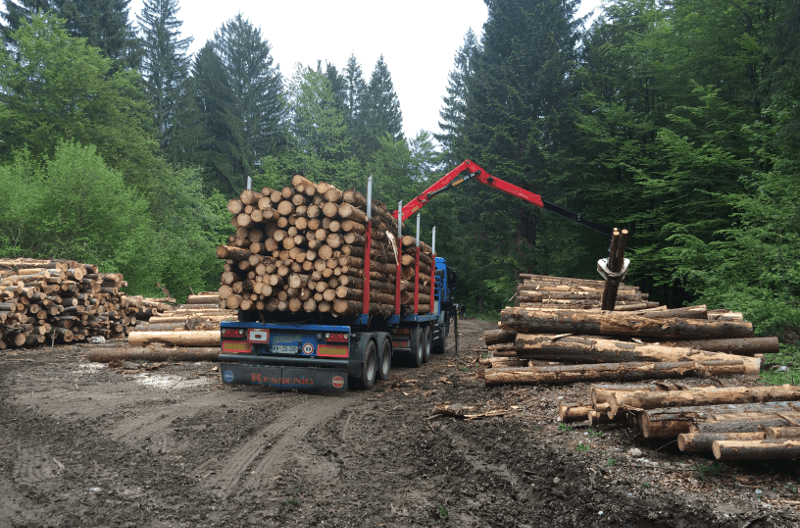
SIMWOOD (Sustainable Innovative Mobilisation of Wood)
Traditionally, management of young stands consists in a first early thinning which is non-selective (dominant height = 5-6 m) whereby 75% of initial planting density is removed through the formation of harvesting roads and interroad thinning. Harvesting is carried out manually, with or without the residues being chipped.
Current demand is concentrated on boards, wood to make pallets and biomass (including firelogs). However, the biomass extracted in the early thinnings is not utilised for pallets or biomass, meaning that the economic balance is negative (i.e. the cost of extraction exceeds the value of the product).
The objectives of this pilot project are: promote the mobilisation of wood through the conversion of neutral thinnings into commercial thinnings, analyse the impact of different intensities of thinnings on the growth of mixed young stands (pine and Pyrenean oak) and evaluate different harvesting methods.

